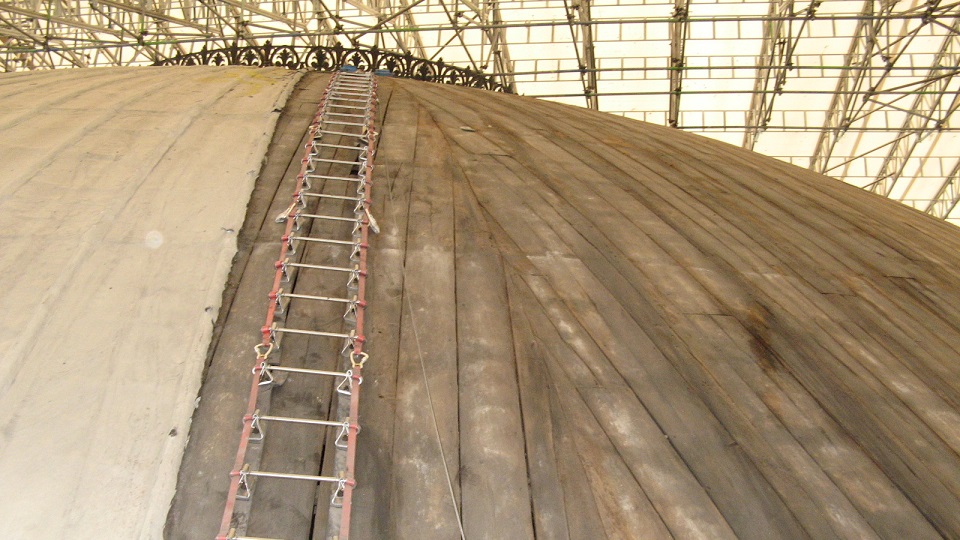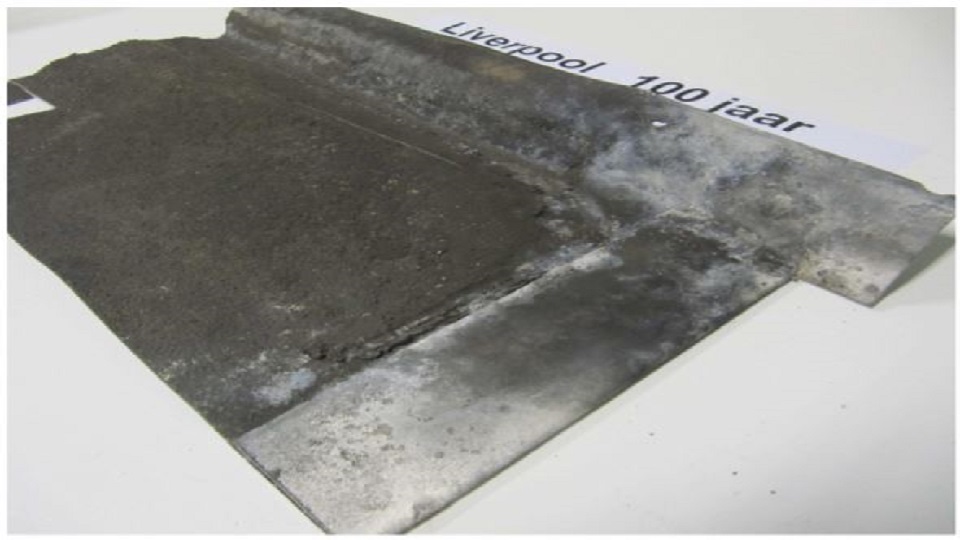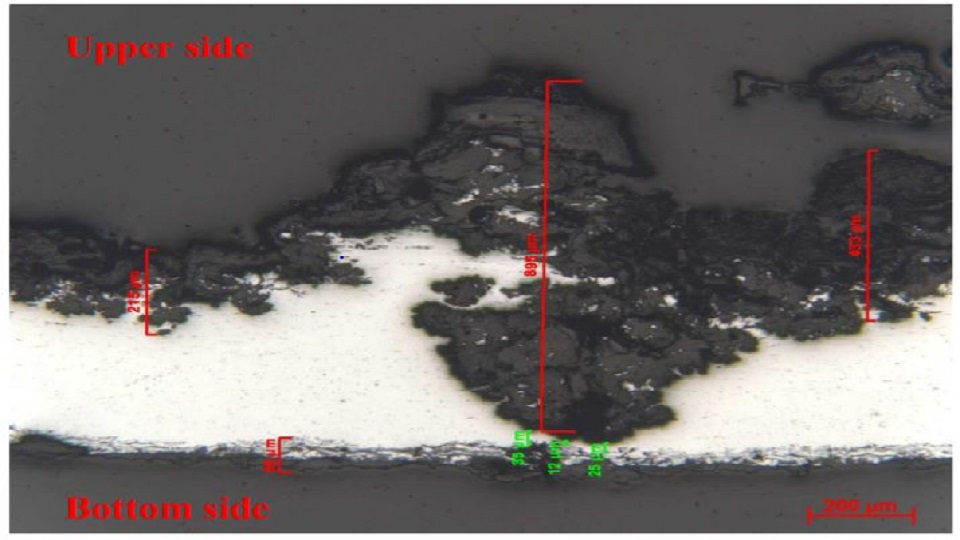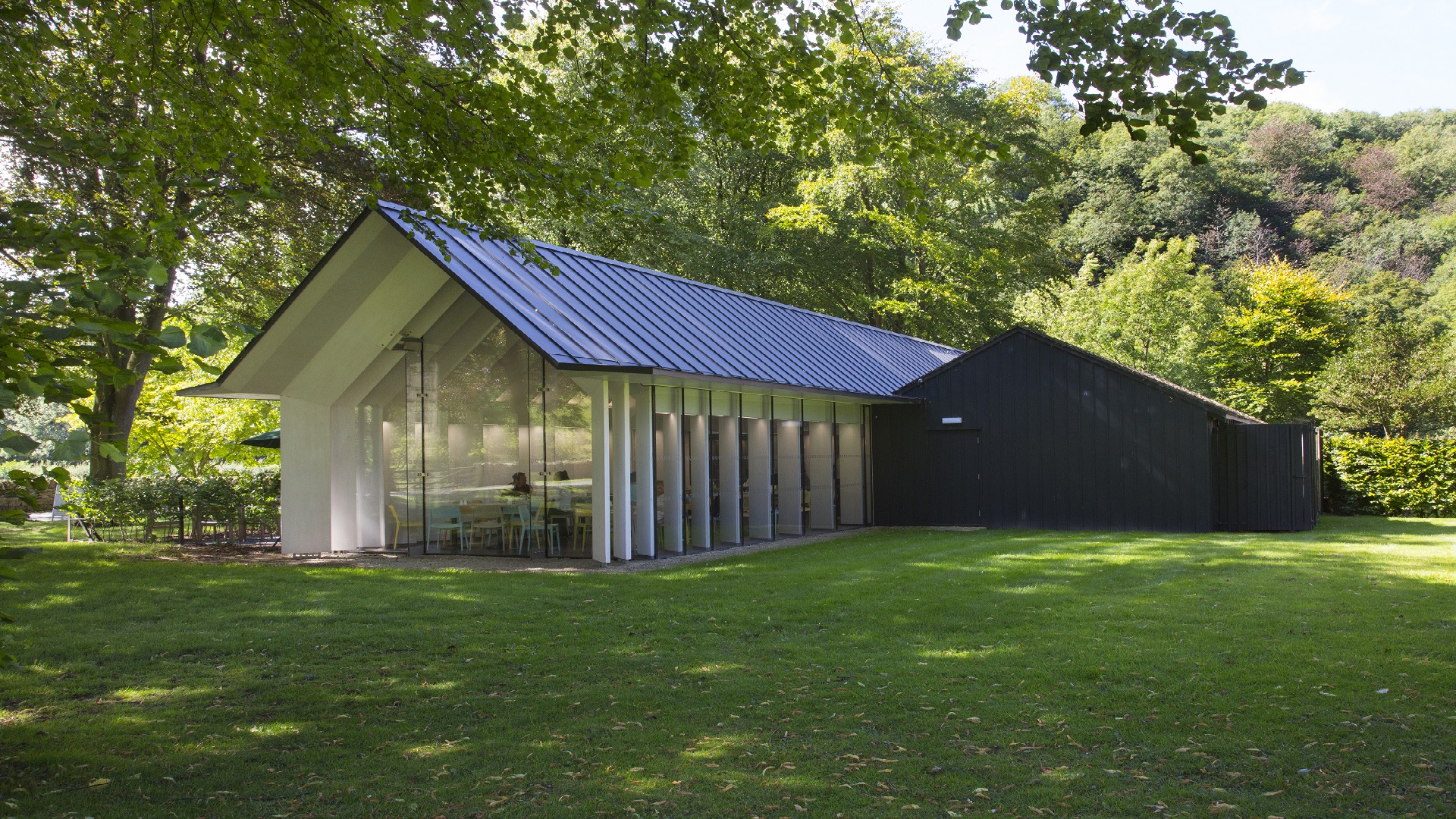Durability
Rolled zinc products in building applications have a very long life due to the self-protecting property of zinc. Over the last decades, the life expectancy of rolled zinc has increased. There are numerous examples of rolled zinc roofing installed in various environments over 100 years ago that remain functional today.
Rolled zinc is a durable material
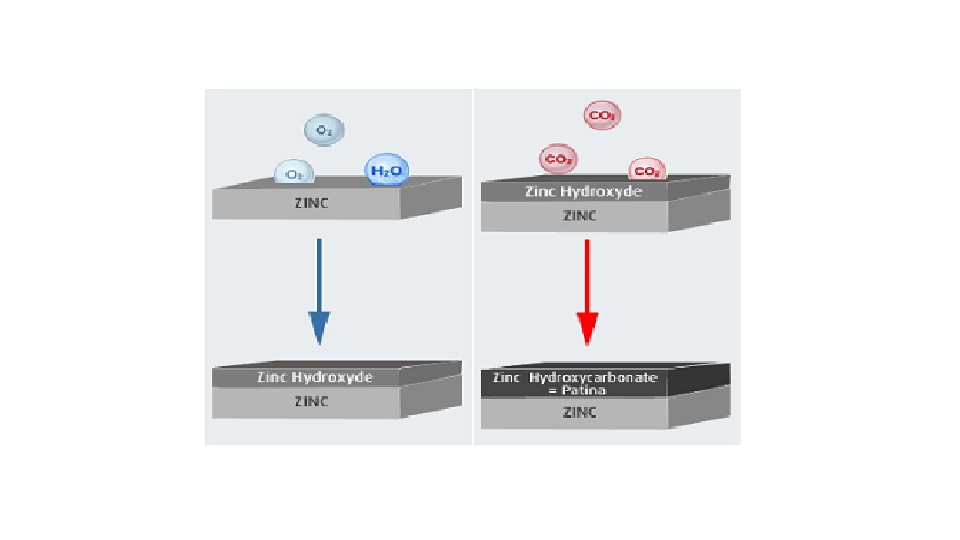
Rolled zinc products in building applications have a very long life due to the self-protecting property of zinc. In Europe, there are numerous examples of zinc roofs renovated after about 100 years of continuous service. The reasons for such a long service time are now well understood:
The patina forms a layer which is compact, adhesive, insoluble in rainwater, and which will hinder any further exchanges between oxygen and zinc, thereby controlling the corrosion rate of rolled zinc and maintaining it at a low level.
Nevertheless, the durability of zinc can be reduced by some acid pollutants, which increase the corrosion rate. The main pollutant is sulphur dioxide (SO2). Sulphur dioxide reacts with the patina to form zinc sulphate (ZnSO3 + ZnSO4), which is soluble in water and is washed away by rain.
Sulphur dioxide is produced by some industrial plants, oil-fired central heating installations and road traffic. As a result, the corrosion rate is greater in an urban or industrialised area than in a rural environment.
Fortunately, since the 1970's, SO2 pollution of the atmosphere has been considered as a major environmental problem. Therefore, European and other legislators have strengthened legislation against this type of pollution. This has resulted in a general reduction of the concentration of SO2 in the atmosphere and an even more drastic reduction in particularly polluted sites such as cities or industrial areas.
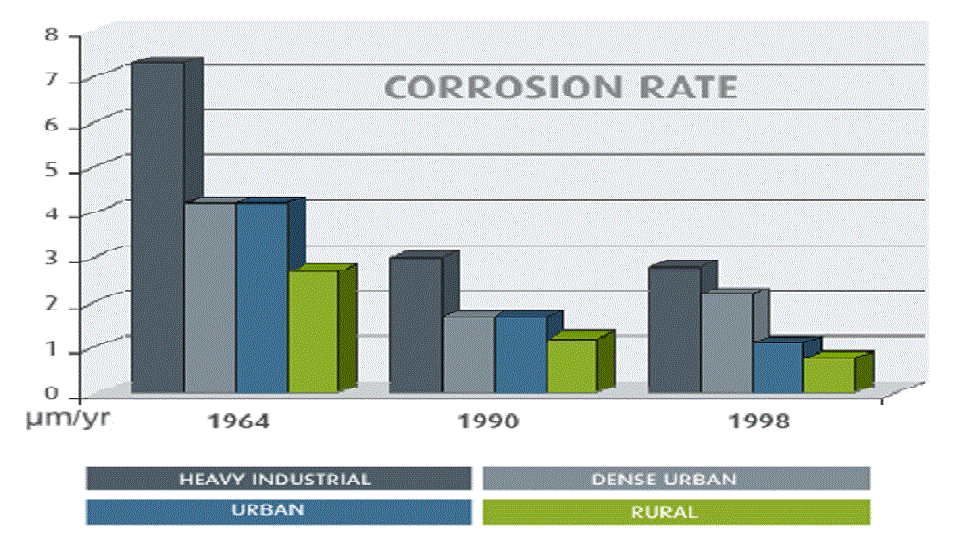
As a result, the corrosion rate of rolled zinc was greatly reduced during the second half of the 20th century. Today, the corrosion rate of rolled zinc is generally 1(¹) µm/year.
With a typical initial thickness of 0.7 mm and a main corrosion rate of 1(¹) µm/year, we see that the life expectancy for rolled zinc is higher than a hundred years. The life expectancy of rolled zinc has increased over the last decades and will continue to increase over the years to come.
(¹)"Environmental effects of zinc run-off from roofing materials of different ages as a result of atmospheric corrosion" - I.Odnevall Wallinder, P.Verbiest, C.R.Janssen and C.Leygraf - 14th International Corrosion Congress, 16 sept - 1 Oct 1999, Cape town, South Africa.
Life span of rolled zinc: case studies
There are numerous examples of rolled zinc roofing installed in various environments over 100 years ago that remain functional today. To illustrate and explain this fact, samples of old rolled zinc recovered during renovations on very old buildings were analysed using a Scanning Electron Microscope (SEM).
Example:
Case study in Liverpool: roof of the library, sample, image of the sample taken by the SEM.
These analyses highlight the extreme durability of rolled zinc: even after 130 years of exposure, including to particularly aggressive atmospheric components such as sulphur dioxide or chlorine, rolled zinc retains a residual layer of non corroded zinc thick enough to ensure it remains watertight.
Low maintenance
In addition to its long lifespan, zinc is a low maintenance material. It does not have a coating or varnish that wears out over time needing to be reapplied. In fact, zinc continues to develop a protective layer (patina) throughout its life and will self-repair imperfections or scratches.
Malleability
VMZINC provides the freedom to craft architectural masterpieces which are difficult to create with other construction materials. It is very malleable and can therefore meet virtually every architectural demand and provide solutions that less flexible materials cannot. Architects appreciate this versatility which allows them great freedom of expression when designing a building. Zinc resolves a large number of design issues helping to create an almost infinite variety of shapes: straight, curved, convex or concave.
Elegant material
Whether it is used in renovation or new construction, traditional or contemporary designs, zinc is an elegant partner for many building envelopes, blending with wood, glass, stone and other materials in complete harmony.
Green material
Zinc is a non-toxic, durable, recyclable and plentiful material. As an essential trace element, zinc is also vital to biological equilibrium and growth. Zinc used in the building industry is 100% recyclable, putting it far ahead of many other materials which are just taking their first steps in recycling. Less energy is required to produce zinc than the other principal metals. The energy balance is even more favourable in recycled zinc.
Zinc, the sustainable solution
Environmental profiles measure the impacts of a construction material, product or building system throughout its life, not only during its manufacture, but also its use in a building over a 100 year period. Further information on Environmental Product Declarations and other aspects of sustainability can be found below.
